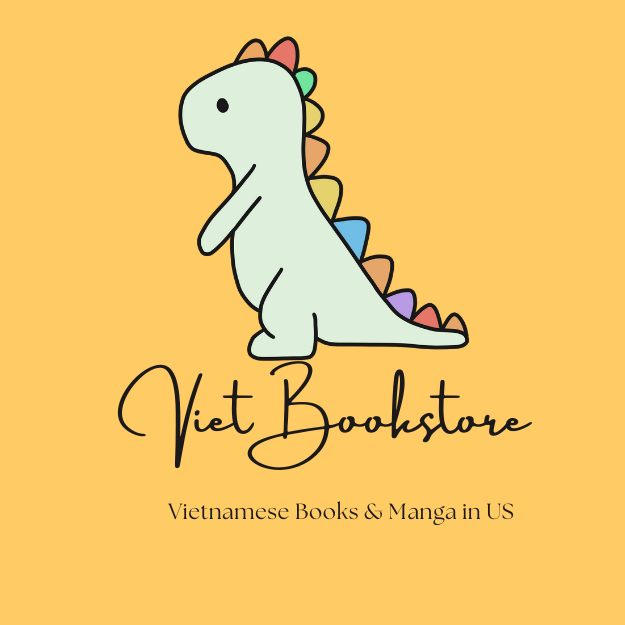In every culture, a child’s first birthday is a meaningful milestone. In Vietnam, this event is celebrated through a heartfelt and symbolic ritual called “Lễ cúng thôi nôi.” More than just a party, this ceremony is a moment of gratitude, reflection, and hope for the child’s future. As an experienced blogger passionate about cultural traditions, I’d love to walk you through the origin, meaning, customs, and preparation involved in this beautiful Vietnamese rite of passage.
What is “Lễ Cúng Thôi Nôi”?
“Thôi nôi” literally means “leaving the cradle.” It marks the moment a baby is considered ready to leave the cradle and take their first steps into the world as a member of society. Traditionally held on the child’s first birthday (the 12-month mark for girls, and sometimes the 11th month for boys in older traditions), Lễ cúng thôi nôi is both a spiritual and cultural ceremony to thank the ancestors and spiritual protectors and to pray for the child’s health and future.

The Origins and Meaning
Rooted in Vietnamese folk beliefs and Buddhism, Lễ cúng thôi nôi honors the Mười Hai Bà Mụ (Twelve Midwives or Godmothers) and Đức Ông (the Lord of Childbirth). These are spiritual figures believed to have crafted and protected the child during pregnancy and early life.

12 bà mụ or Twelves Godmothers
This ritual also marks a social milestone: the child’s first year of life is traditionally seen as the most fragile. Surviving the first year is seen as a blessing and a sign of strength, so the ceremony gives thanks and celebrates that survival.
Traditional Customs of the Ceremony
Here are the essential elements that make up the thôi nôi ceremony:
1. Offering to the Twelve Midwives and Đức Ông
A tray of offerings is carefully prepared to thank the Twelve Midwives and the Lord of Childbirth. This tray typically includes:
-
12 small bowls of sweet sticky rice (xôi)
-
12 small cups of tea
-
12 small cakes (such as sponge cakes or sweet glutinous rice cakes)
-
Fresh flowers, fruits, and incense
-
One larger set of offerings for Đức Ông (often including chicken, sticky rice, wine, etc.)

2. The Fortune-Telling Ritual (Bốc đồ vật)
This is the most anticipated and fun part of the thôi nôi ceremony. The child is placed in front of a tray of symbolic items like:
-
A pen (symbolizing a future scholar or writer)
-
A stethoscope (a doctor)
-
A calculator or money (a businessperson)
-
A book (a teacher)
-
A mirror (beauty or arts)
-
A toy hammer (a builder or engineer)
Whichever item the child picks first is believed to reflect their future career or personality traits. While this is done mostly for fun today, it adds a playful and engaging element for the family and guests.

3. Ancestor Worship
Alongside the offering to the Midwives, Vietnamese families also prepare a small table to offer incense, food, and respect to the ancestors, asking for their continued protection and blessings for the child.
How to Prepare a Thôi Nôi Ceremony
Here’s a simple guide to organizing your own lễ cúng thôi nôi, whether you are in Vietnam or abroad:
1. Choose a Date and Time
Some families consult a spiritual advisor or elder to choose an auspicious date and time for the ceremony. Others hold it on the child’s birthday for convenience.
2. Prepare the Offerings
You can make the offerings yourself or order from local vendors who specialize in ceremonial trays (mâm cúng). Be sure to have:
-
A mâm cúng Mụ (tray for the Twelve Midwives)
-
A mâm cúng Đức Ông (tray for the Lord of Childbirth)
-
A separate tray for ancestors (if your family practices ancestor worship)
3. Set Up the Fortune Tray
Gather symbolic items that reflect different future professions. Let the baby choose freely, and enjoy the laughter and joy this brings.
4. Invite Family and Friends
After the ceremony, most families host a small feast or party to share food and celebrate together.
Modern Twists on a Timeless Tradition
Today, many Vietnamese families combine the traditional thôi nôi ceremony with a Western-style birthday party. You might see balloons, birthday cakes, and singing right after the ritual. Even in the Vietnamese diaspora across the U.S., Australia, or Europe, families continue this tradition as a way of staying connected to their roots.

Final Thoughts
Lễ cúng thôi nôi is more than a birthday—it’s a spiritual bridge between generations, a wish for a child’s future, and a powerful expression of gratitude and hope. Whether performed in a bustling Vietnamese city or a quiet backyard abroad, this ceremony continues to bring families together in love, tradition, and joy.
If you're a parent, relative, or friend attending or organizing a thôi nôi, take a moment to appreciate the rich meaning behind the rituals. It’s one of those beautiful traditions that carry the warmth of family and the blessings of culture across time and place.
Subscribe for more posts about Vietnamese traditions and cross-cultural family life!

